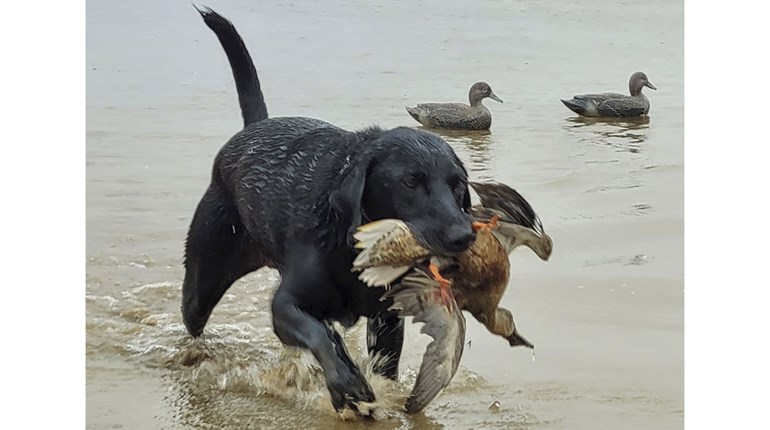

Because of all the shooting, whether prone or position, is fired from one fixed firing line in smallbore competition, it is possible to provide a cover for that line. Beginning in 1987, a removable tarp cover was a welcome addition to smallbore shooting at Camp Perry. The smallbore line at Camp Perry stretched from Rodriguez range to Young range (and occasionally onto Viale range). A few years back, when the NRA National Smallbore Rifle Championships moved to Bristol, IN, the new facility Chief Wa-Ke'De Range already had a permanently cover already in place over all firing points along the line.
Target collection is in numerical order by range personnel who take the targets away to be scored by the statistical office. Competitors then hang fresh record and backing targets (useful for assigning crossfires but also occasionally handy for detecting "doubles") and return to the line and prepare to do it all over again in the firing of the next stage or match. After scores are posted competitors have a challenge time in which they may challenge their scores. At the expiration of the challenge period the scores become final. Since smallbore shooting began at the National Matches in 1919 there have been a variety of target managing used, with the present system in place since the 1930s.

































